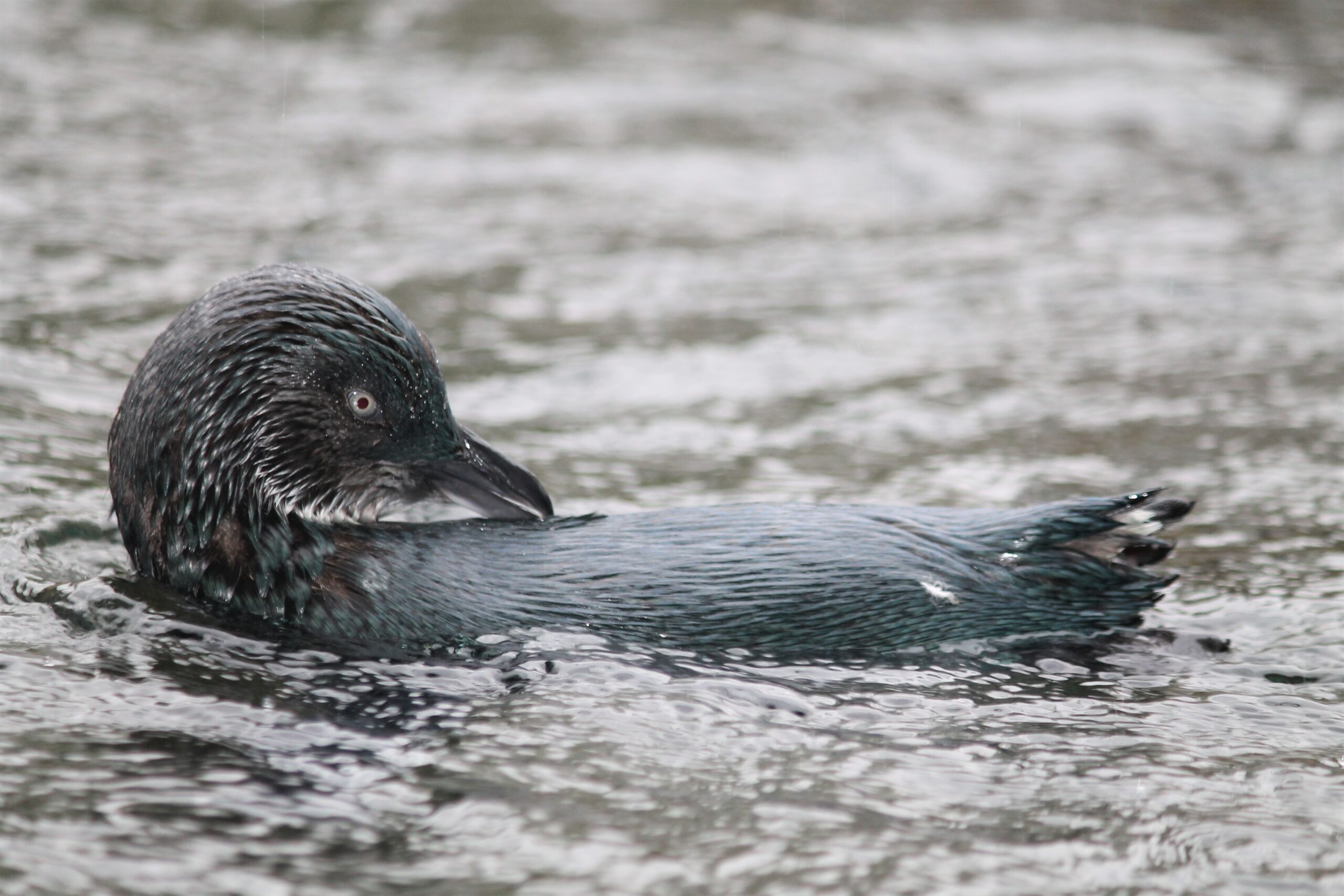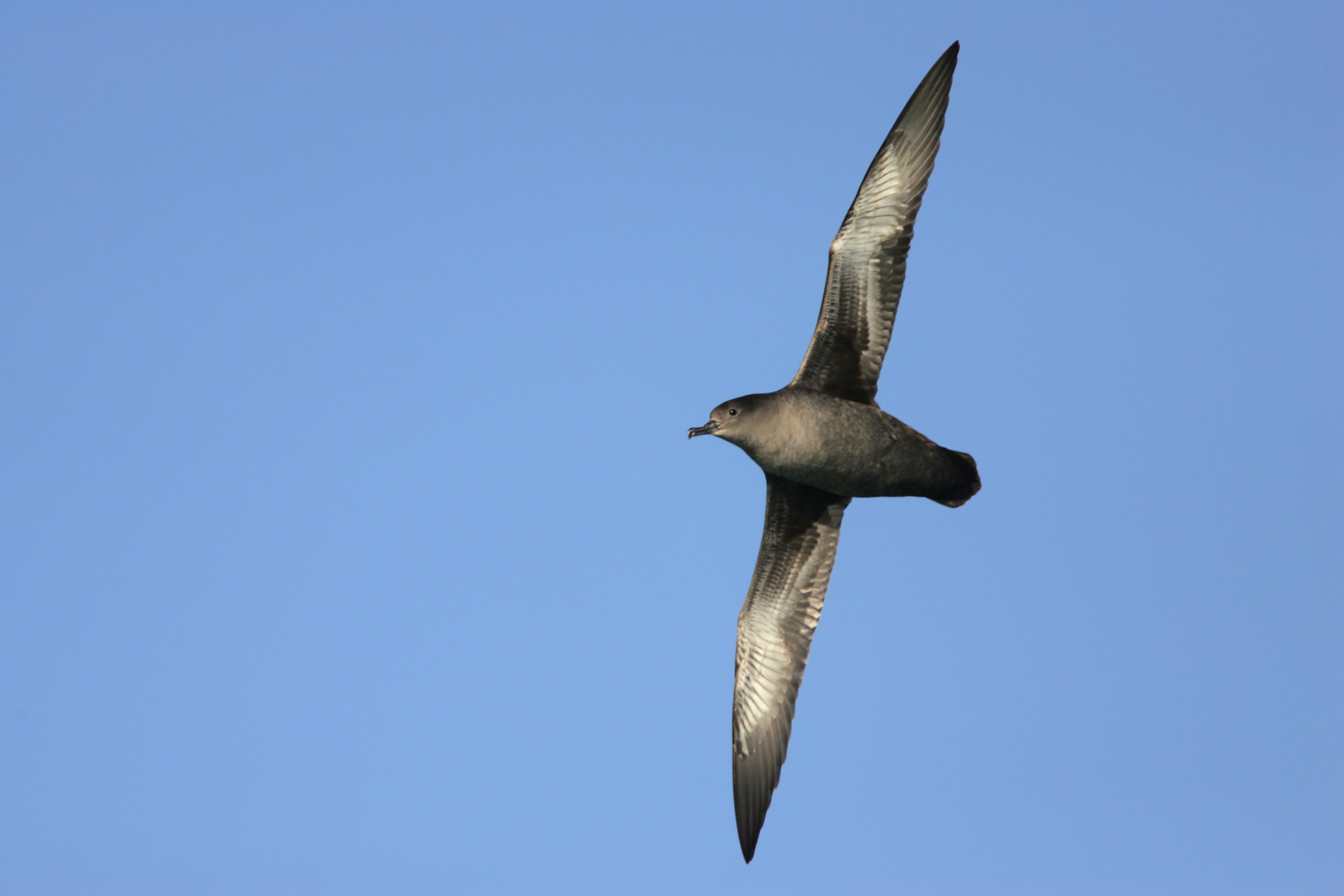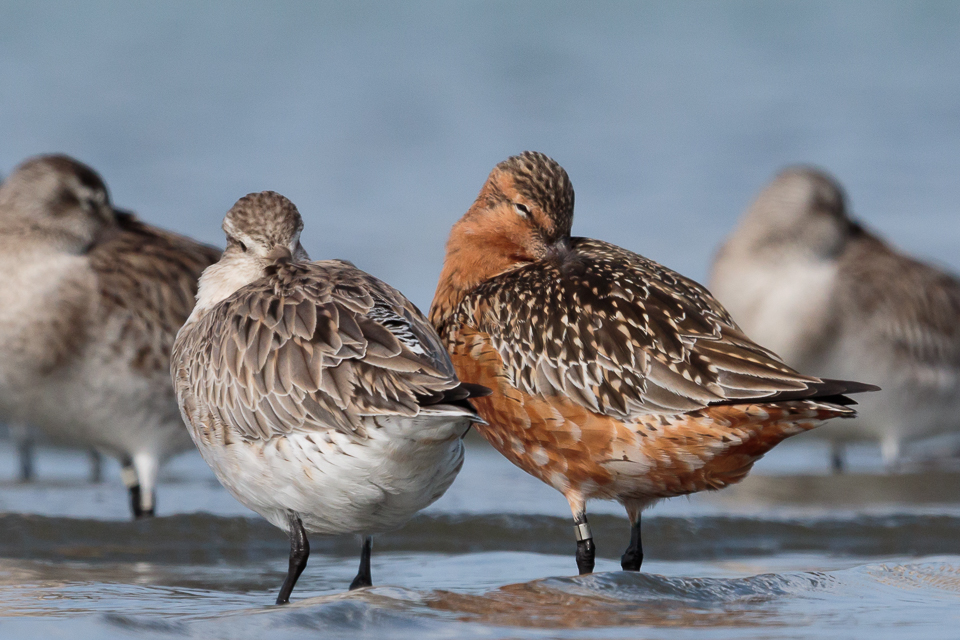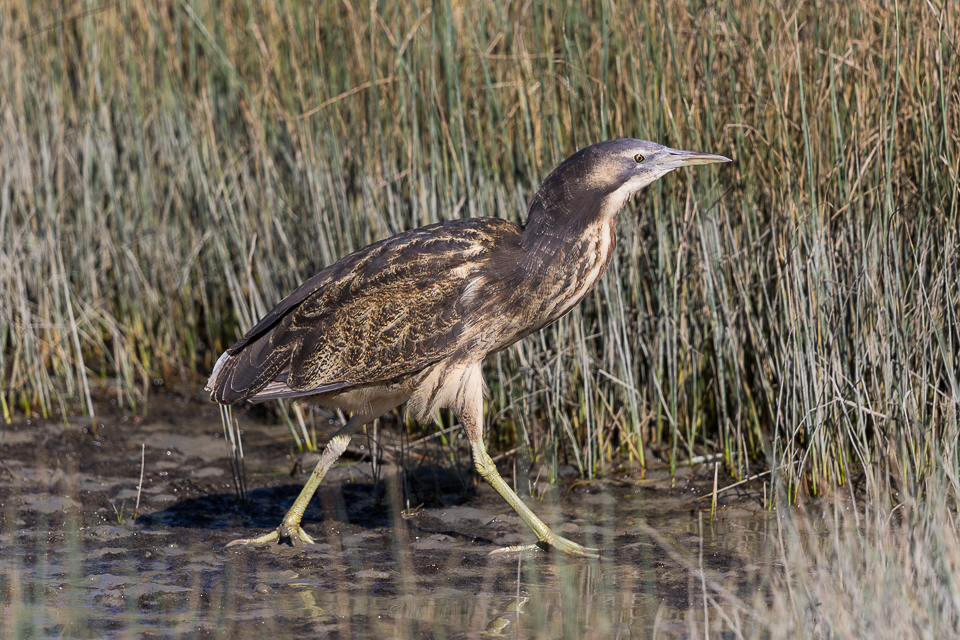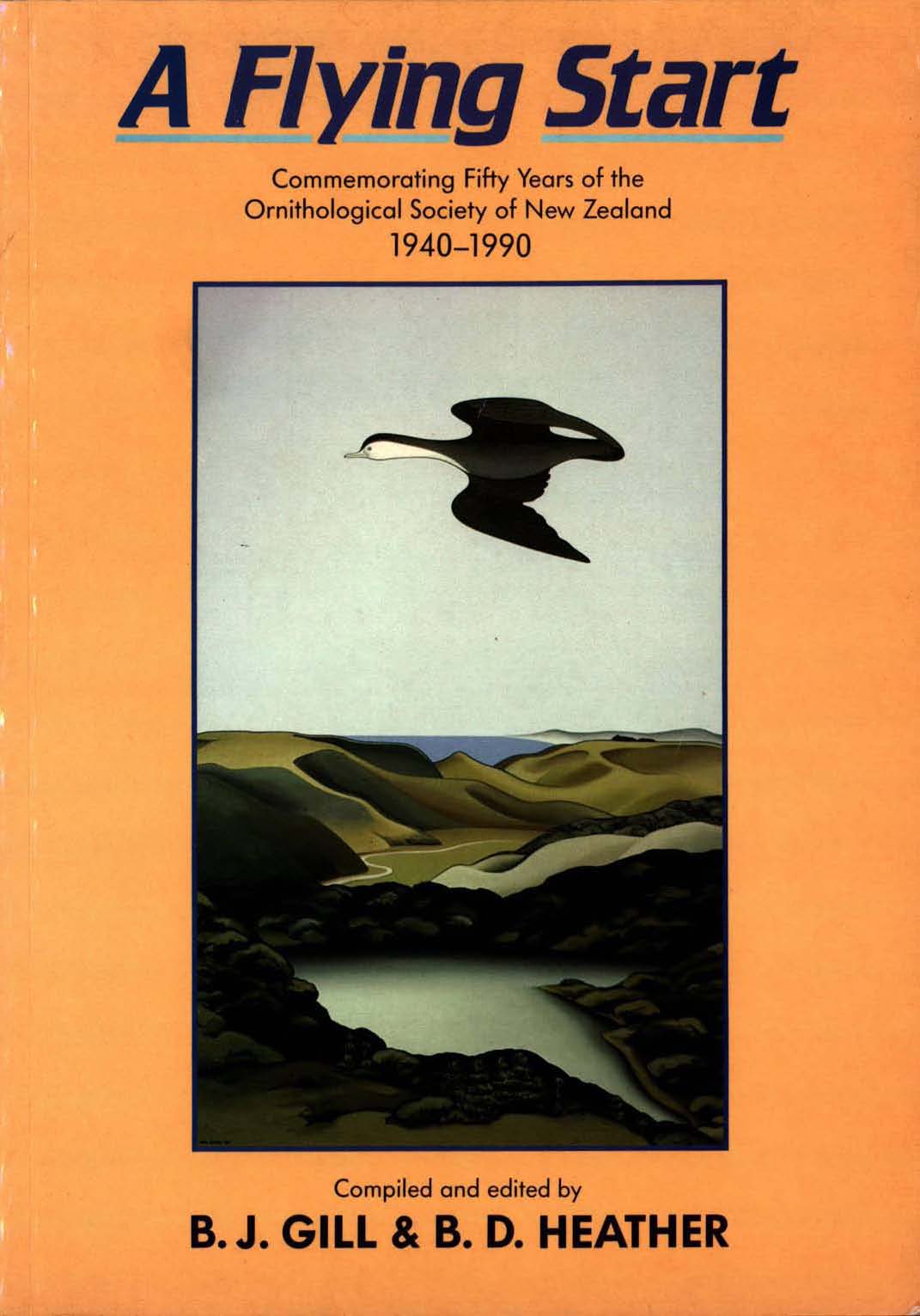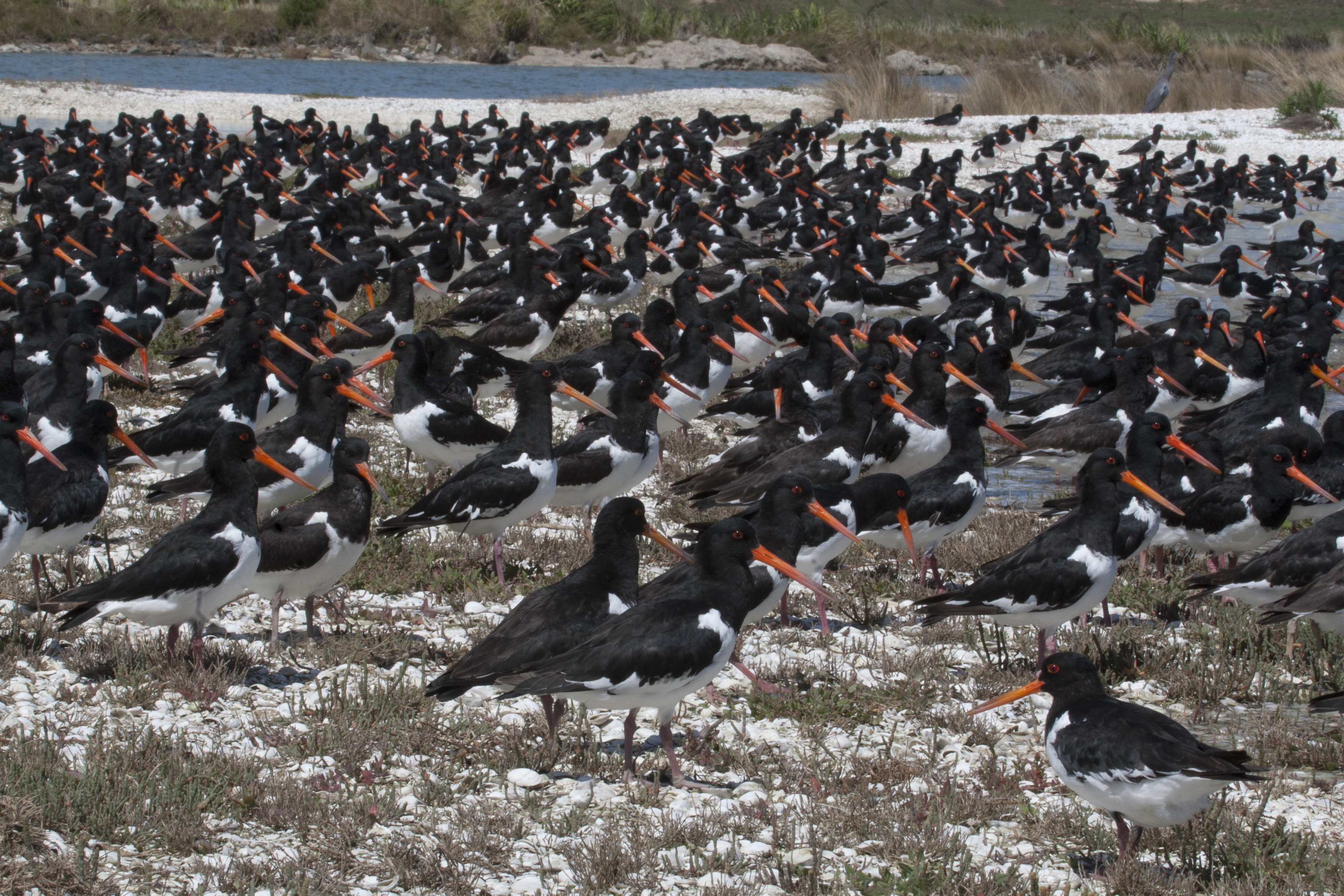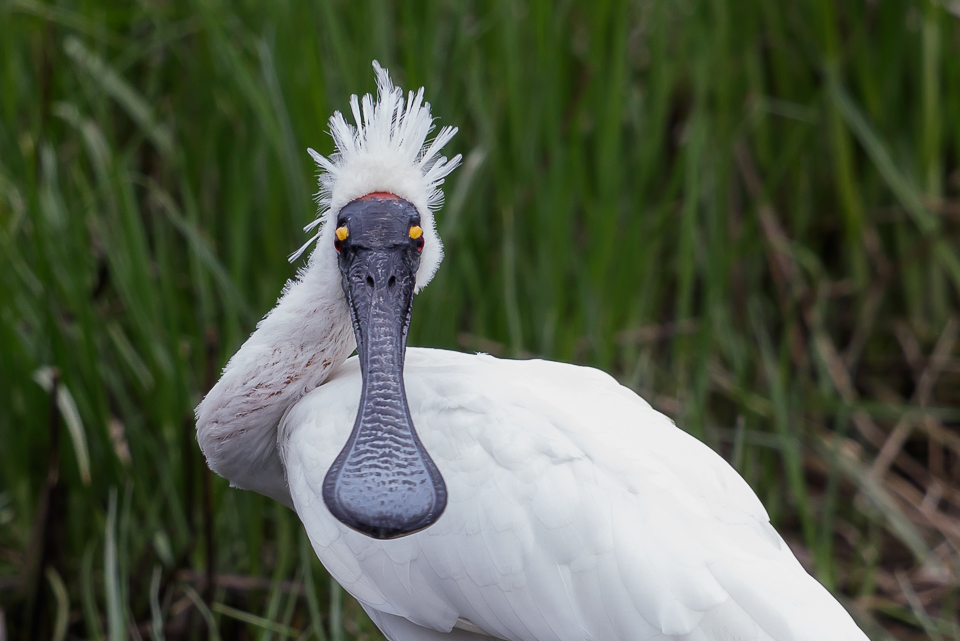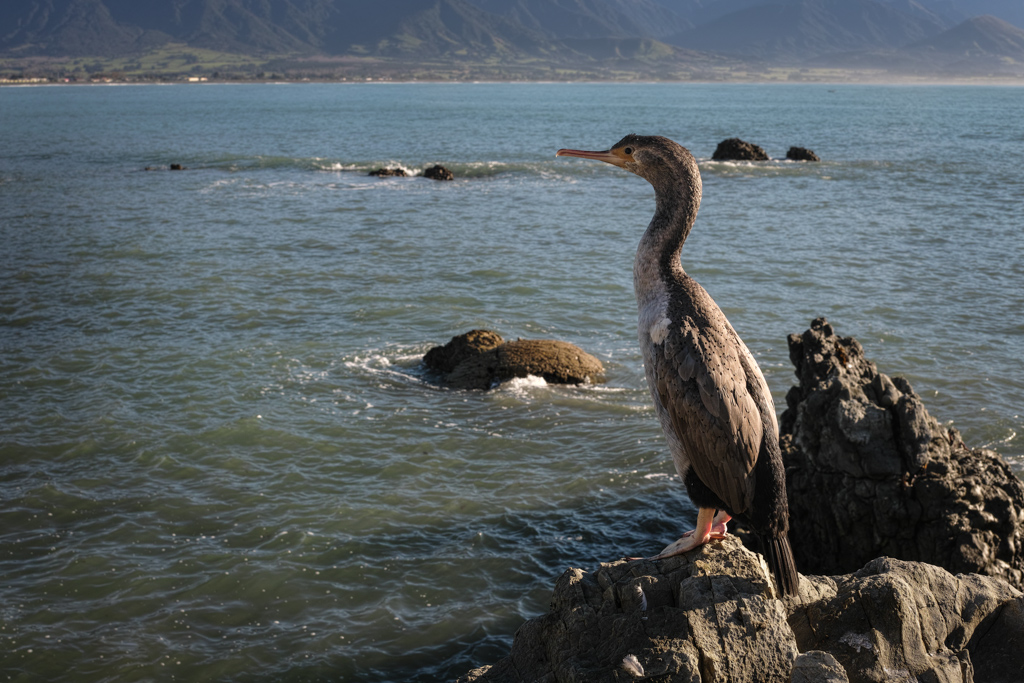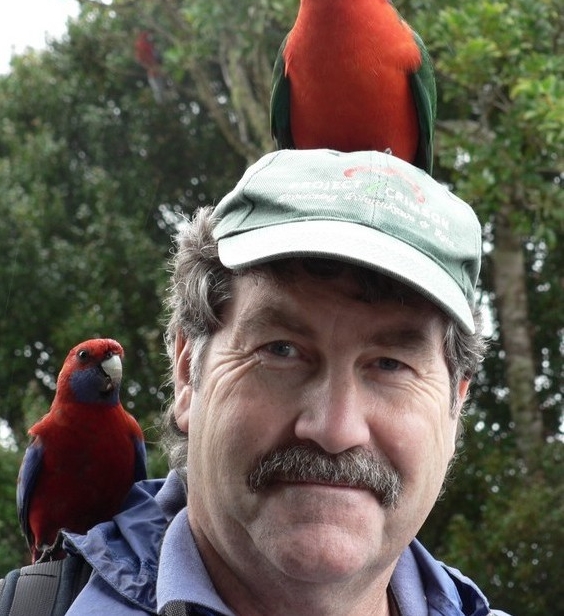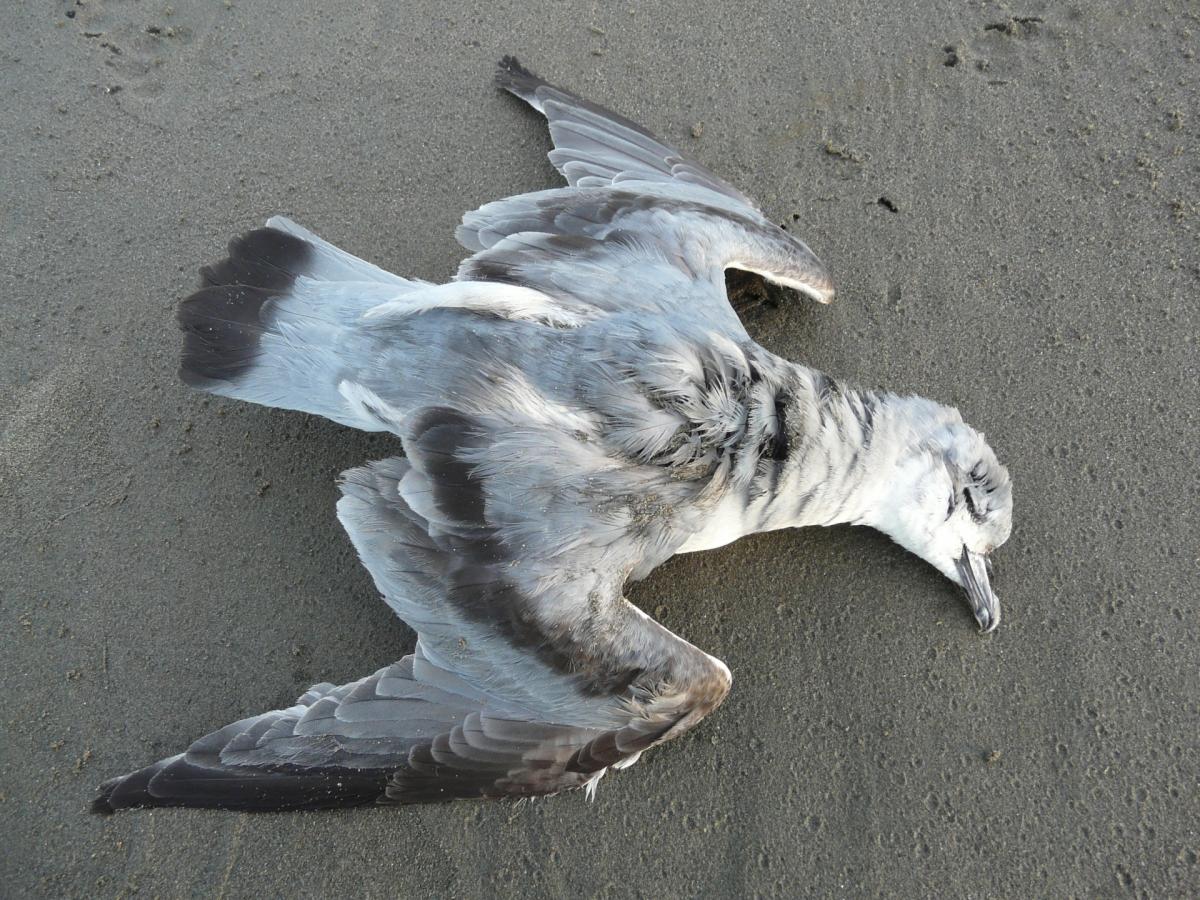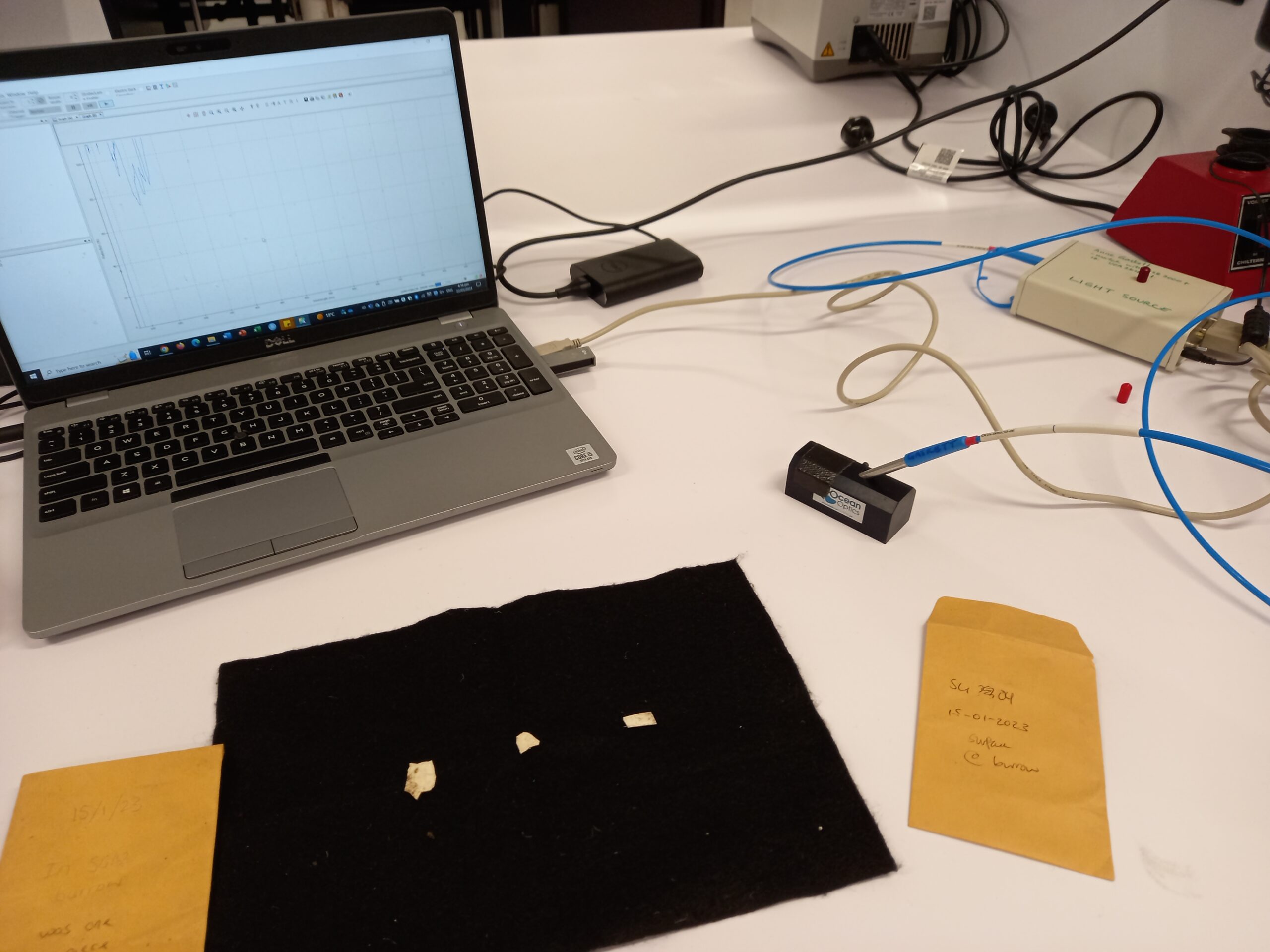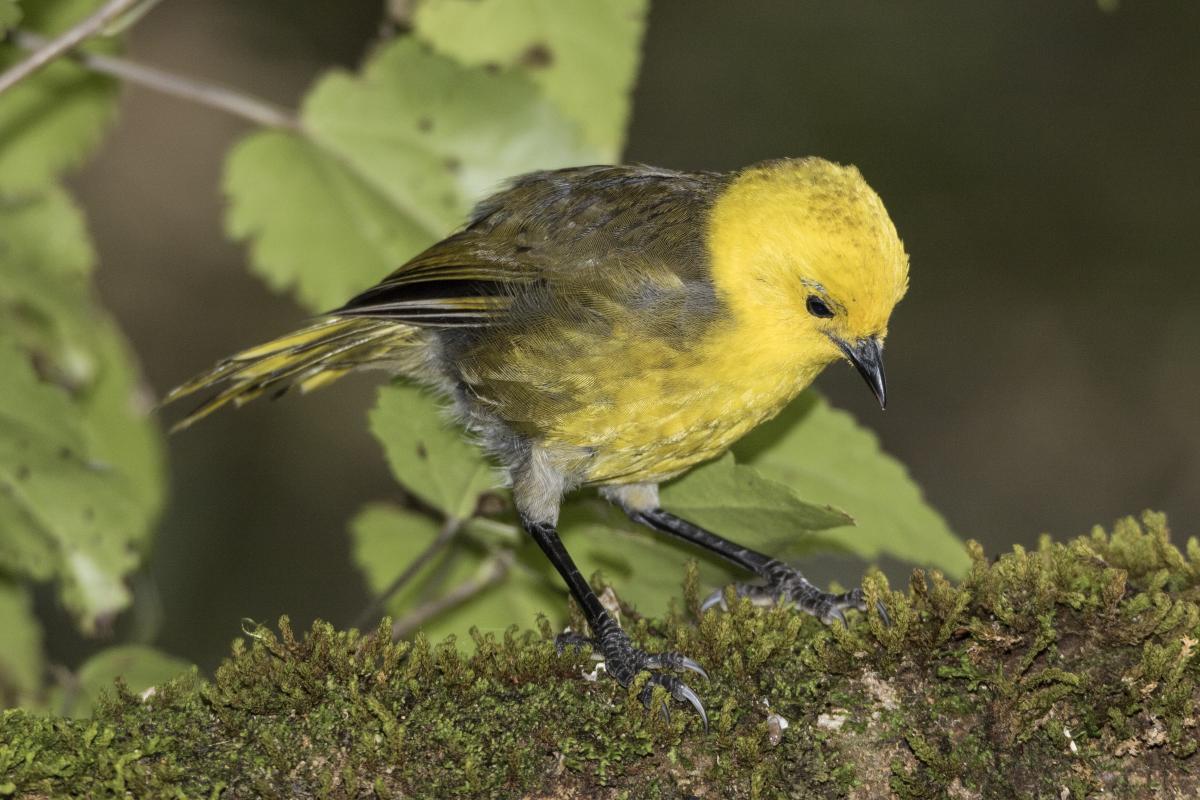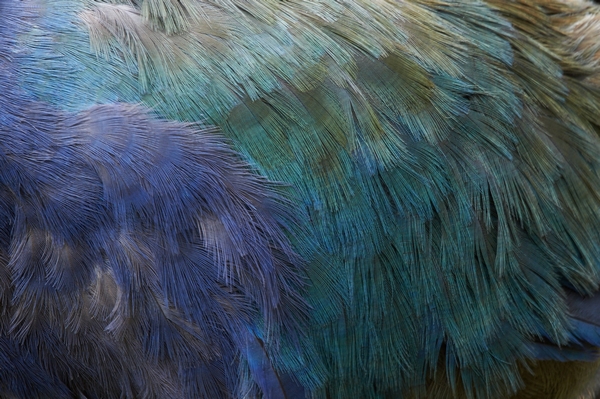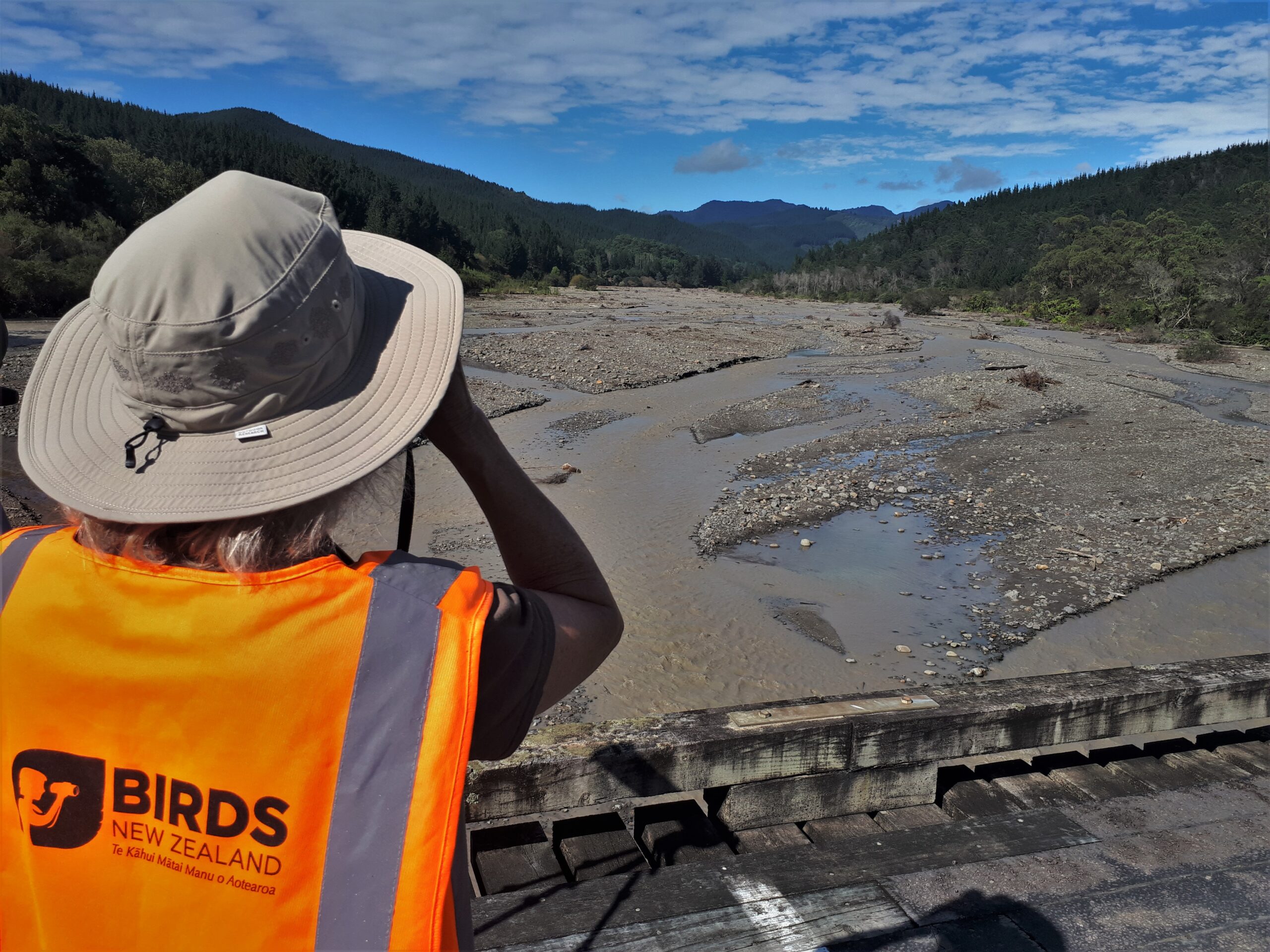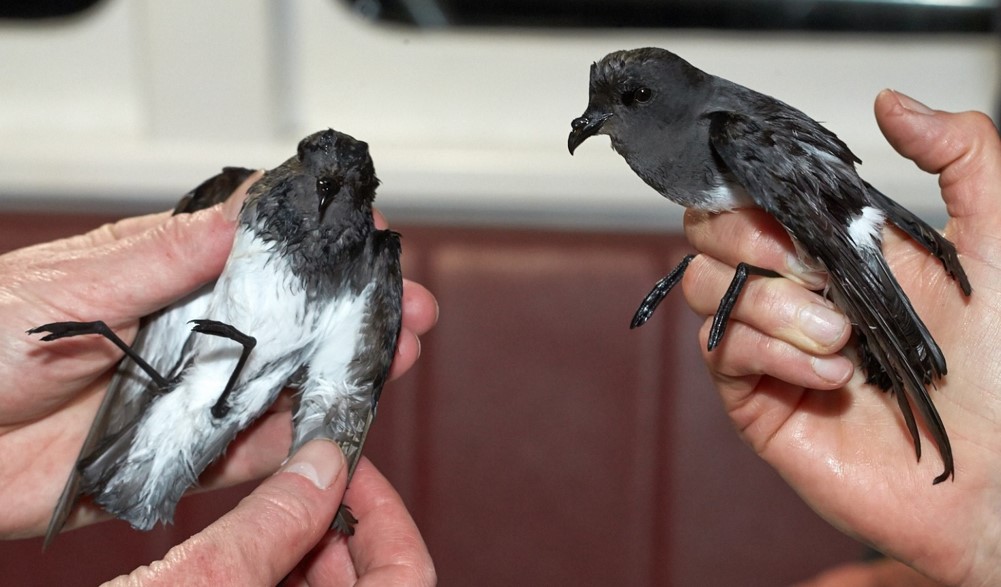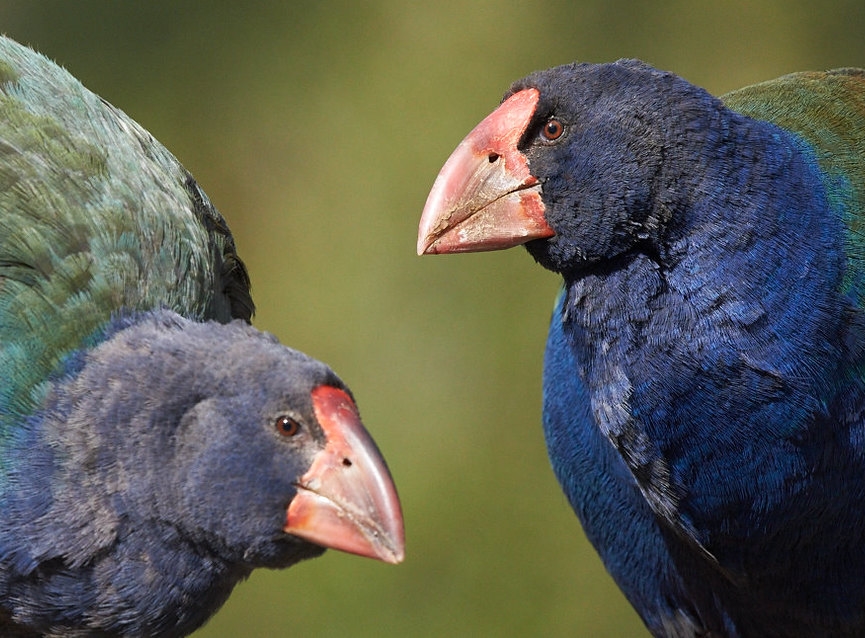Category: Uncategorized
Open letter to the Coalition government from NZ Scientific Societies
March 25th, 202413 March 2024
A group representing thousands of scientists has written to the Cabinet saying the government’s plan for fast tracking consenting is retrograde and values development over the environment. The legislation – which passed its first reading last week – will give three ministers the power to bypass normal consent processes and have the final say on approvals for special infrastructure projects.
A group of ten scientific societies including Birds New Zealand (Ornithological Society of New Zealand), which conduct research in biodiversity say New Zealand’s plants, animals, fungi and ecosystems are globally unique but are also threatened with extinction. In a letter sent to ministers on 13 March, they say the changes will cause further degradation, and mean that development projects will be at the whim of political decision-making and ministerial discretion, without appropriate checks and balances.
Dr Jo Monks is the Vice-President of the New Zealand Ecological Society, a Lecturer in Ecology at the University of Otago, and is the spokesperson for the group.
Link to press release:
https://newzealandecology.org/sites/default/files/NZES%20press%20release%20-%20open%20letter%20to%20NZ%20govt%20regarding%20environmental%20legislative%20agenda%2014%20March%202024.pdf
Birds of Te Araroa
March 11th, 2024Between November 2023 and March 2024, Natural History curator Colin Miskelly walked the length of Aotearoa New Zealand on Te Araroa Trail – counting every bird seen or heard along the way. In this twentieth blog in the series, Colin describes birds encountered while walking the final section, through the Takitimu, Woodlaw, and Longwood Ranges to Colac Bay, then east along the coast to Invercargill, and south to the trail end at Stirling Point, Bluff.
Read Colin’s blog about the final section here.
Postdoctoral Research Fellow in Migratory Bird Conservation
March 10th, 2024This is an exciting opportunity for a Postdoctoral Research Fellow to make a scientific contribution to reversing the dramatic decline of migratory shorebirds in the East Asian – Australasian Flyway (EAAF). The successful candidate will lead a part of the NESP Marine and Coastal Hub Project 4.17, supporting recovery and management of migratory shorebirds in Australia! Read more at https://uq.wd3.myworkdayjobs.com/uqcareers/job/St-Lucia-Campus/Postdoctoral-Research-Fellow-in-Migratory-Bird-Conservation_R-35588-1
Waikato Newsletter
March 3rd, 2024Download the latest Waikato newsletter here
Other recent newsletters from around the regions are available here
Historical Publication – A Flying Start
February 29th, 2024The historical OSNZ Publication “A Flying Start” (by B.J. Gill & B.D. Heather), published in 1990, is now available for download as PDF
This book commemorates 50 years of the Ornithological Society of New Zealand (1940-1990) and is valuable to everyone interested in birds!
For other historical publications that have significance to New Zealand ornithology visit birdsnz.org.nz/society-publications/historical-publications/
Birds NZ Data used in SIPO model
February 7th, 2024Birds NZ wader count data and re-sightings a crucial part of first full-annual cycle population model of South Island pied oystercatcher/tōrea developed by Manaaki Whenua – Landcare Research.
Meet our new Notornis Editor – Dr James Savage
January 22nd, 2024Dr James Savage is a behavioural ecologist based in Invercargill. His research focuses on social and reproductive behaviour, particularly maternal effects and how parents coordinate to rear offspring. During his PhD, James studied the chestnut-crowned babbler, a medium-sized cooperatively breeding passerine endemic to outback Australia, More recently, James has contributed to behavioural research in rifleman and hihi, and led a project on kākāpō egg infertility.
James is currently the Research Coordinator of the Southern Institute of Technology, a role that includes advising staff in publishing and academic best practice. Beyond SIT, James supports open access publishing activities across the wider tertiary vocational sector, and internationally he is active within the Research Data Alliance and other organisations supporting open research. For James, taking on the Notornis editor role represents a unification of his interests in avian research and scholarly publishing, and he looks forward to connecting with the Birds NZ community and building on the excellent editorial work of Dr Craig Symes.
Royal Spoonbill – National Census
November 18th, 2023Birds NZ has been documenting the increase in population and breeding of royal spoonbill in NZ since the late 1970s. The last census was in 2012 when 2361 birds were recorded. Birds NZ regions will collectively do another winter census in 2024 to see if the population of royal spoonbill is still increasing. In addition, Birds NZ is planning to locate colonies and count nests of royal spoonbill during the 2024/2025 breeding season to find out whether royal spoonbill are continuing to extend their breeding range within NZ.
For more information contact the survey coordinator nzmaryt@gmail.com
Marlborough Newsletter
November 1st, 2023Download the latest Marlborough newsletter here
Other recent newsletters from around the regions are available here
Passing of Mel Galbraith
October 3rd, 2023It is with great sadness that we share the news of the passing of Mel Galbraith on Thursday 28 September, surrounded by his family, following a short battle with cancer.
Mel was a long-standing Council member of Birds New Zealand, and much valued as an active leader in Auckland ornithology, having been a previous Regional Representative. He was a great advocate for nature, and a mentor to students as a Senior Lecturer at Unitec Institute of Technology, and to those beginning their careers in the natural sciences. He has been a leader in a number of ecological restorations, and in the founding of a number of organisations including Supporters of Tiritiri Matangi, the Motu Kaikoura Trust and Miranda Naturalist Trust, and as past President of the New Zealand Ecological Society.
His warmth and generosity will be sorely missed. Birds New Zealand send our deepest condolences and aroha to Mel’s family.
Mel’s funeral service details are as follows:
St Mary’s Church, Onewa Rd, Northcote, Auckland
11am, Thursday 5th October
A live-stream is available via https://www.dils.co.nz/tributes/?funeral=OoVAL
The Auckland branch of Birds New Zealand will hold a remembrance for Mel at our in-person November meeting.
Avian Influenza (“Bird Flu”) and the Beach Patrol Scheme
September 4th, 2023A pathogenic avian influenza (HPAI) A (H5N1) virus has spread across much of the world over the past five years, and it continues to spread. The H5N1 avian influenza virus, also called “bird flu”, causes an infectious, severe respiratory disease in birds. It is highly contagious among birds and can cause considerable mortality, in particular seabirds including gulls, terns, shags, gannets, pelicans and penguins.
Although the virus has not been reported in New Zealand where it might arrive in migrating birds, members of the Society, especially beach patrollers, have an important role in surveillance of the avian influenza virus when walking along coastlines. If beach patrollers observe unusually high numbers of living but sick birds, especially birds showing unusual neurological symptoms, or find recent mortality of birds on coastlines where they might have died through avian influenza, please contact the Ministry of Primary Industries hotline 0800 80 99 66 immediately.
As there is a potential risk that bird flu may be transmitted to humans, please do not touch the birds. Please wait for instructions before handling any sick or dead birds.
More information is available here.
Exploring plastic ingestion by Toanui on Ohinau
September 4th, 2023Plastic is a threat to seabirds as many ingest it or become entangled in it resulting in mortality. Seabirds could mistake the smell of plastic for the smell associated with the prey items leading to plastic acting as a type of sensory trap. However, little research explores whether the seabirds are mistaking the colours of plastic for the colours of prey items. We explored this idea with the flesh-footed shearwaters/Toanui being our study species on Ohinau Island. It was previously reported by Wildlife Management International Limited that many of the Toanui on Ohinau was consuming plastic. By gathering the plastic regurgitated by seabirds as well as collecting the plastic found around the island we measured the spectral wavelengths of the plastic using a spectrometer. We then compared it to the spectral wavelengths of seabird prey items including fish, squid and crustacean. We found that clear/white plastic was the most dominant colour and also looked very similar to the seabird’s prey items. The seabirds could be mistaking the white plastic colour with the colour of prey items. However, green plastics also looked similar to prey items but were one of the least common colours found. More research is required to study other factors which could be influencing seabird plastic colour selection including the shape of plastic, the size of plastic and the plastic’s length of time in the ocean.
Read more about this project funded by the 2022 BNZRF report here
Birds of the Great Walks
August 18th, 2023Aotearoa New Zealand has many great walks. However, as of 2023, only ten of them qualify as capital-letter Great Walks. Te Papa natural history curator Dr Colin Miskelly has walked (or paddled) them all and kept records of the birds that he encountered along the way.
In the initial blog in a series that will cover them all, he describes what Great Walks are, and the system that he developed to compare and rank their birdyness: Birds of the Great Walks of Aotearoa New Zealand. More blogs of this series are available via the links below:
Birds of the Whanganui Journey ‘Great Walk’
Birds of the Tongariro Northern Circuit
Birds of Lake Waikaremoana Track
Birds of the Abel Tasman Coastal Track
Birds of the Routeburn Track
Birds of the Paparoa Track
Birds of the Rakiura Track
Birds of the Kepler Track
Birds of the Milford Track
Birds of the Heaphy Track
Highlights from the 2023 NZ Bird Conference
June 23rd, 2023The 2023 New Zealand Bird Conference in New Plymouth was a significant and memorable event!
Read the highlights and view photos here
The next NZ Birds Conference will be held in Nelson from 1-3 June 2024. Mark it in your diary!
NZ Bird Atlas Expeditions
June 23rd, 2023Reports from three recent Bird Atlas expeditions that were supported by Toi Toi wines are now available:
Read more about the NZ Bird Atlas Scheme here.


How RNZ’s Morning Report solved the mystery of a storm petrel
June 9th, 2023RNZ’s Morning Report birdcall has helped solve a mystery about grey-backed storm petrels in Fiordland.
Read more about this story here
Photo by Jean-Claude Stahl (Te Papa)
Historical Publications – The State of New Zealand’s Birds
May 30th, 2023The five reports “The State of New Zealand’s Birds” are now available on the Historical Publications page:
The State of NZ’s Birds 2009: Conservation of Migrant Birds
The State of NZ’s Birds 2008: Conservation of Birds on the Mainland
The State of NZ’s Birds 2007: New Zealand Bird Atlas
The State of NZ’s Birds 2006: New Zealand’s Seabirds
The State of NZ’s Birds 2005
